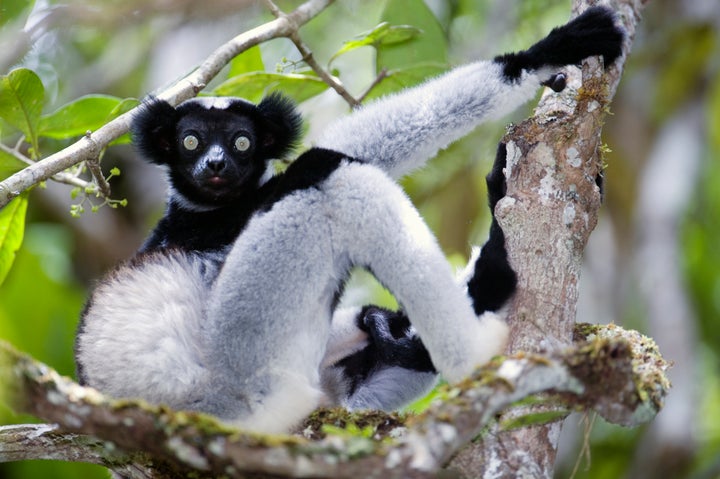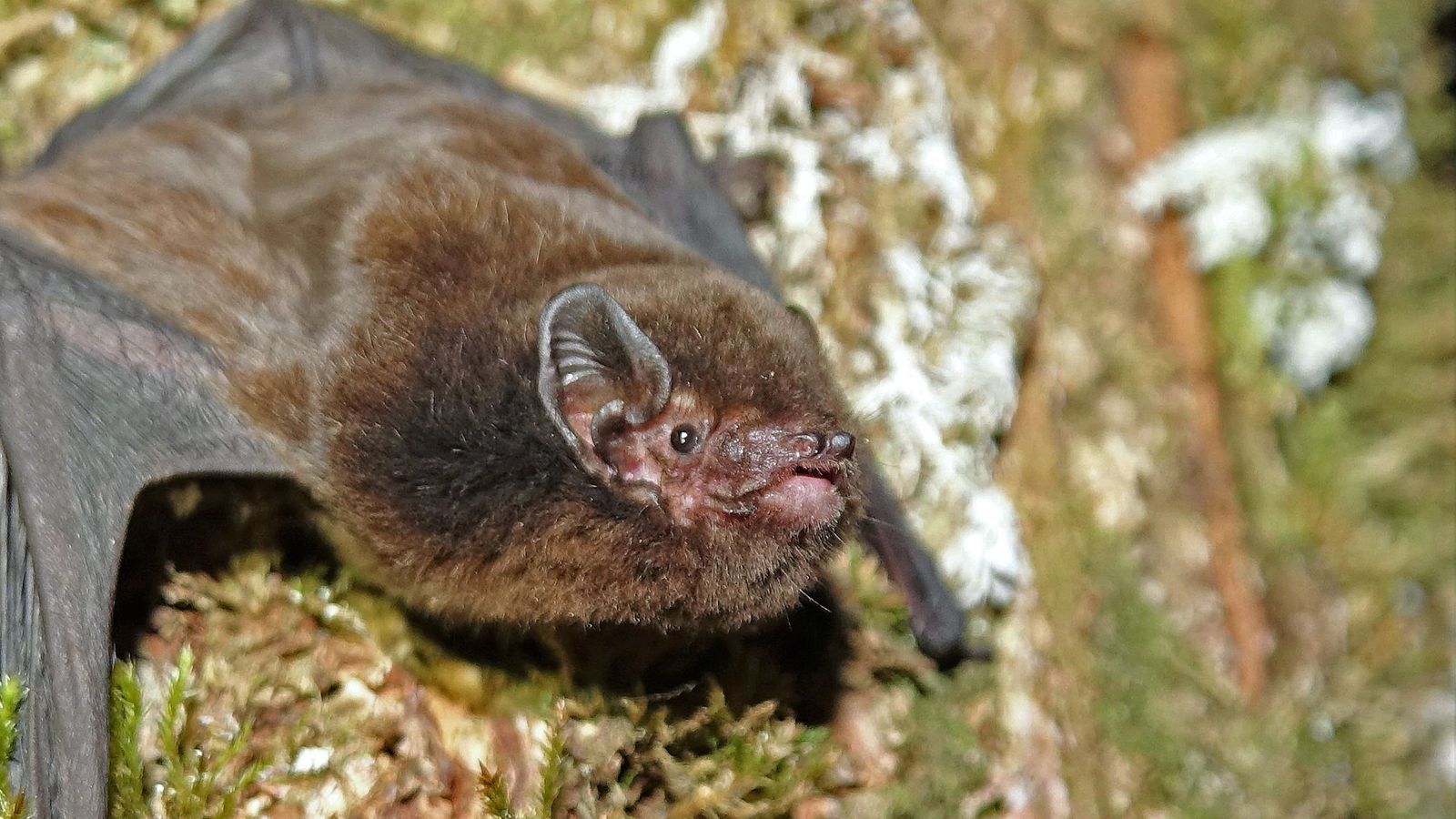"(CNN) If animals could be nominated for Grammys, these lemurs could win.
That's because they've got rhythm.
The Indri indri, a species of lemur in Madagascar, is one of a few animal species with rhythm, according to a study published... in Current Biology.
The indri is the largest living lemur species & the only one that sings, which made it the perfect animal to study to see if it has rhythm, said study coauthor Chiara De Gregorio, a researcher in the department of life sciences & systems biology at the University of Turin in Italy.
Rhythm was defined as 'durational patterns that consist of sounds & silences,' she said.
The indri's singing sounds like lower & higher howling pitches that pierce through the air.
The researchers wanted to see if the black-&-white lemurs had categorical rhythm — the ability to create different types of rhythm patterns.
Catch the beat
After 12 years of research, scientists analyzed 636 recordings of vocalizations from 39 adult indris & found they share 2 different rhythmic patterns with humans. Like us, lemurs are primates.
The first is isochrony, which is when the intervals between notes are evenly spaced, De Gregorio said. The research team found the lemurs also sang in a 1:2 ratio pattern, which is when the second interval is twice as long as the first one, she added...
Further analysis found that male indris held their notes longer & sang with a longer duration in between notes than females. Singing takes a significant amount of energy, De Gregorio said, so the extended intervals might allow the male lemurs to sing for a longer period.
Collecting recordings of the lemurs singing was no easy feat.
Communication in the forest canopy
Tree-dwelling indris live deep in the canopy of Madagascar's rainforest, so researchers spent years tracking them in the forest to try & hear them sing. After a full day of tracking, the furry mammals may not even sing at all, De Gregorio said.
Researchers do not know exactly why indris developed this unique talent, but De Gregorio said she believed it could have evolved for long-distance communication & territory defense.
Music is an important part of our lives, but the reason for it is still debated, she said.
'Our results can be an important piece of evidence towards our understanding of the origins of our rhythmic abilities, our love for dancing & our passion for music,' De Gregorio said.
The next step in her research is to determine if these endangered animals know how to sing at birth or if it is a learned skill they practice."
Megan Marples, CNN
Oct. 25/2021
cnn.com
Cute Christmas Critters:






































